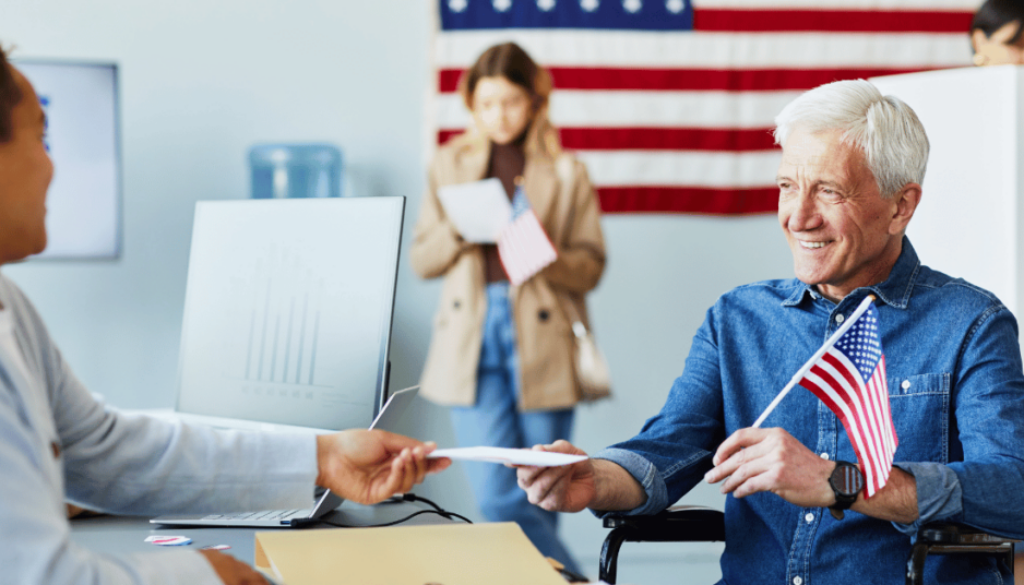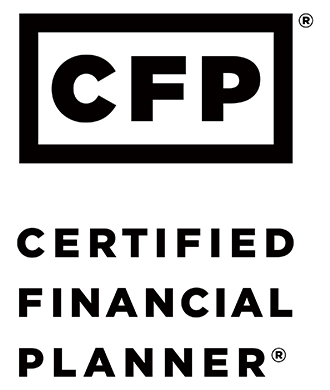Voting Rights for People with Disabilities: Ensuring Every Voice is Heard
At Four Leaf Financial Planning, we believe everyone’s voice matters, and voting is one of the most important ways to make yours heard. Yet, for many individuals with disabilities, the process of voting hasn’t always been as simple or accessible as it should be. If you or someone you love has faced barriers when trying to vote, you’re not alone. Let’s talk about what the law says about your rights and how to make sure you can participate in this essential democratic process.
Why Voting Matters—and Why It’s Not Always Easy
The right to vote is fundamental, but too often, outdated assumptions about people with disabilities lead to challenges at the polls. For example, some individuals with visual impairments may struggle to read a ballot, while others using mobility aids like wheelchairs might find polling places inaccessible. These barriers can make an already complex process feel overwhelming. The good news is that federal civil rights laws are in place to protect your right to vote and ensure you have the same access as everyone else.
Your Legal Protections: A Quick Overview
Let’s break down the key laws designed to protect your voting rights:
- Americans with Disabilities Act (ADA): This law requires state and local governments to make sure voting is accessible in every way—from registration to casting your ballot. Whether ensuring a polling location is wheelchair-accessible or offering alternatives like curbside voting, the ADA ensures equal opportunities for all voters.
- Voting Rights Act of 1965 (VRA): The VRA guarantees that voters with disabilities can get assistance from a person of their choice, such as a family member or friend, to help them at the polls. It also ensures that no one can be denied the right to vote based on their ability to read or write.
- Voting Accessibility for the Elderly and Handicapped Act (VAEHA): Passed in 1984, this law requires polling places for federal elections to be accessible. If an accessible location isn’t available, you must be given an alternative way to vote, such as voting by mail.
- Help America Vote Act of 2002 (HAVA): This law ensures that every polling place has at least one voting system accessible to individuals with disabilities, offering the same privacy and independence as any other voter.
Registering to Vote: What You Need to Know
Before you vote, you need to be registered. If you’re receiving services from a public assistance office or a program specifically for people with disabilities, you have the right to register through those programs. These offices must help you complete the forms and send them in on your behalf. Additionally, they must provide the same level of assistance as they would with any other service they offer.
Don’t Let Accessibility Issues Stop You
Polling places can vary in their level of accessibility, but the ADA has clear guidelines for what makes a location accessible. If a building isn’t fully accessible, alternative solutions like curbside voting must be provided to ensure you can still cast your vote. Election officials are required to assess polling locations to ensure they meet the needs of voters with disabilities.
Take Action: Know Your Rights, Make Your Voice Heard
Whether it’s making sure you’re registered or ensuring your local polling place is accessible, it’s essential to understand your rights. You deserve an equitable voting experience, and there are resources available to help. For more information, check out the Department of Justice’s ADA resource page or reach out to a local attorney specializing in disability rights.
At the end of the day, your vote counts—literally. Let’s make sure nothing stands in the way of you exercising your right to shape the future. If you have any questions about voting accessibility or how you can ensure your voting experience is a positive one, don’t hesitate to reach out. We’re here to help.
Your vote is your voice—let’s make sure it’s heard!








